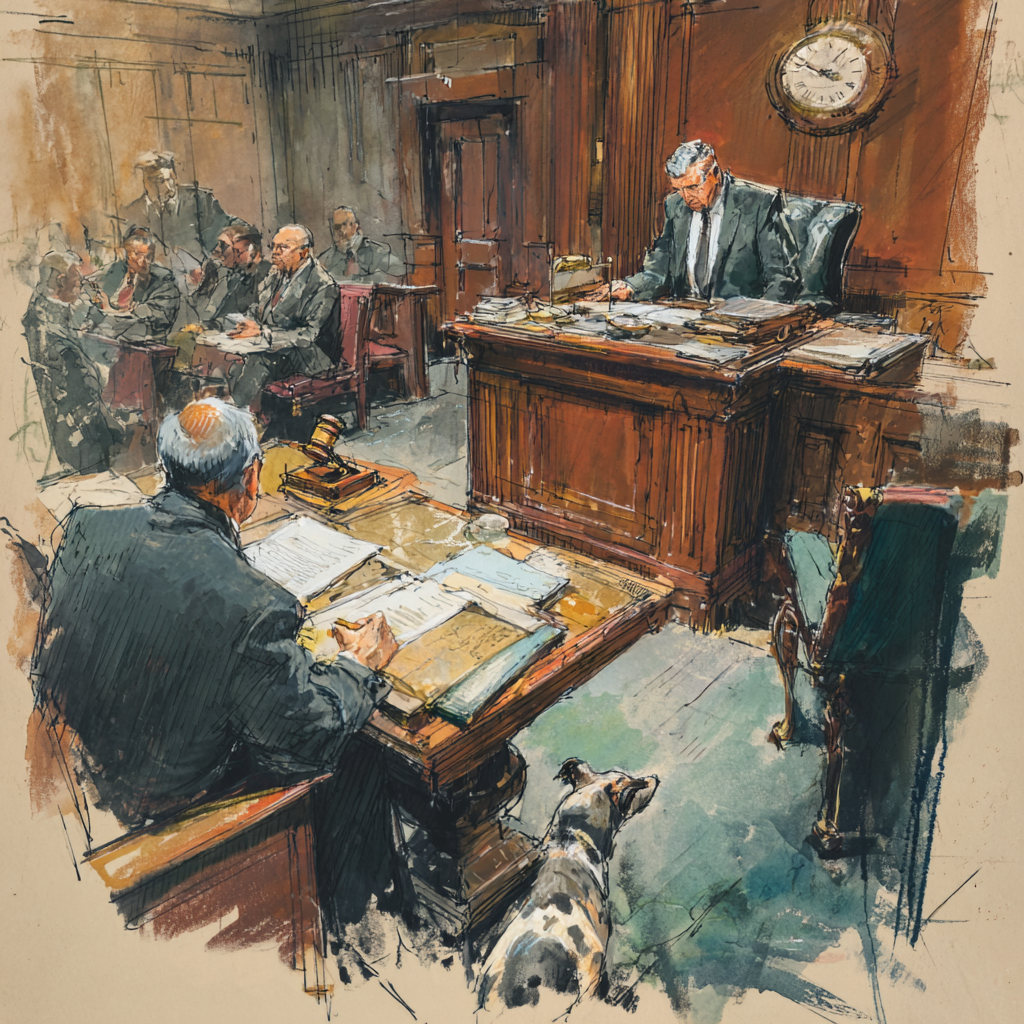Urban Radiology, P.C. v GEICO Gen. Ins. Co., 2013 NY Slip Op 50850(U)(App. Term 2d Dept. 2013)
(1) Law requiring AOB
“The Civil Court dismissed the complaint, finding that plaintiff had not established a prima facie case because it had not offered into evidence an assignment of benefits.
While the claim forms at issue did not contain any language regarding an assignment of benefits, there is nothing in the record to indicate that defendant timely objected to the completeness of the forms or sought verification of the existence of a valid assignment. Accordingly, defendant waived any defense based thereon (see Hospital for Joint Diseases v Travelers Prop. Cas. Ins. Co., 9 NY3d 312, 320 [2007]; Hospital for Joint Diseases v Allstate Ins. [*2]Co., 21 AD3d 348 [2005]).”
(2) What is a prima facie case
“Contrary to defendant’s contention, at a trial, unlike upon a provider’s motion for summary judgment, a provider is not required to “show that there is no defense to the cause of action or that the cause of action or defense has no merit” (CPLR 3212 [b]). Rather, it is defendant’s burden to show that it has a meritorious defense (see generally Seaboard Sur. Co. v Gillette Co., 64 NY2d 304 [1984]; Northrup v Blue Cross & Blue Shield of Utica-Waterdown, 235 AD2d 1022 [1997]; 70 NY Jur 2d, Insurance § 1493) and that such a defense is not precluded (see Presbyterian Hosp. in City of NY v Maryland Cas. Co., 90 NY2d 274, 282 [1997]).”
Considering that the validity of an AOB is a defense, in both no-fault and non-no-fault litigation, this makes sense. The prima facie rule is weird. It promotes more trials where traditional Mary Immaculate and Dan Medical would control over Avenue T v. Auto One. I think the Court is probably stretching 3212(b) if it really believes that submission of a bill is sufficient for purposes of trial but not for summary disposition.









